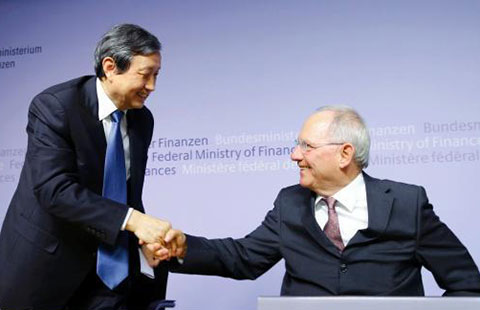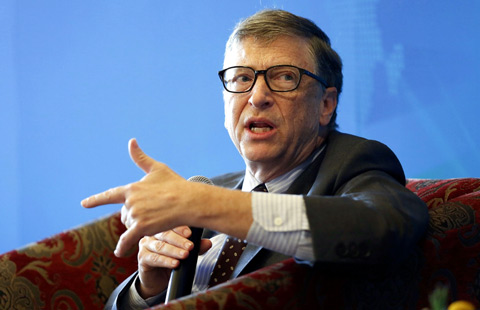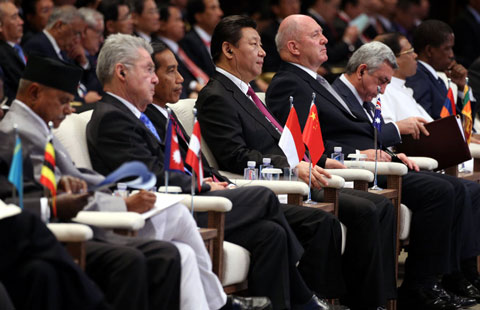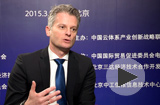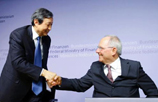Grey Lady's sour grapes on AIIB
(Xinhua) Updated: 2015-03-23 11:22BEIJING - A recent editorial by the New York Times serves as a perfect example of the sour grapes mentality on the US side about the China-initiated Asian Infrastructure Investment Bank (AIIB).
The article, titled "US Allies, Lured by China's Bank" and tinged with condescension, described the decision by Britain, Germany and several other European nations to join the AIIB as "the newest gold rush."
The intended sarcasm aside, it is right to conclude that it is the potential of rewards from investing in infrastructure projects in Asia that has motivated these US allies to embark on the ship of the AIIB.
As observed by pundits in many parts of the world, China, with its rich experience in funding or undertaking such projects in the vast regions of the less developed world, is uniquely placed to propel infrastructure investment in Asia.
Despite Washington's repeated pleas for partners to stay away from the bank, which it claimed is of "dubious standards" on governance, and environmental and social safeguards, an increasing number of its allies are now joining the China-led initiative.
Their choice is a vote of confidence for China, which has achieved three decades of economic success and readied itself to make greater contributions to global development. However, what makes the AIIB so popular does not stop there.
Unlike existing global lending bodies such as the World Bank, in which the United States has a dominant role and also the power to veto, the AIIB will give the Asian nation no such privilege. Instead, all members will participate in the decision-making process so as to achieve win-win results.
That said, however, the AIIB does not seek to weaken established institutions, but to reinforce them and more vigorously push forward the global economy.
Uncle Sam may be embarrassed by the fact that not one but many of its allies braved its warnings and embraced the AIIB, but as the Grey Lady suggested in the editorial, "this is a problem of America's own making."
For example, it has been sluggish to advance reform in existing global financial institutions, in which the distribution of power no longer reflects the reality of the global economic landscape.
For decision-makers in the United States, they really have to be reminded that if they do not jump on the bandwagon of change in time, they will soon be overrun by the bandwagon itself.
- Israel requests to join Asian Infrastructure Investment Bank
- Chinese stocks rebound on April 1
- China, the West in Africa: more room for cooperation than competition
- Nanjing cuts taxi franchise fees
- Air China increases flights to Milan, Paris
- JD.com raises delivery charges
- Veteran corporate strategist upbeat about China economy
- L'Oreal China sales revenue up 7.7% in 2014

